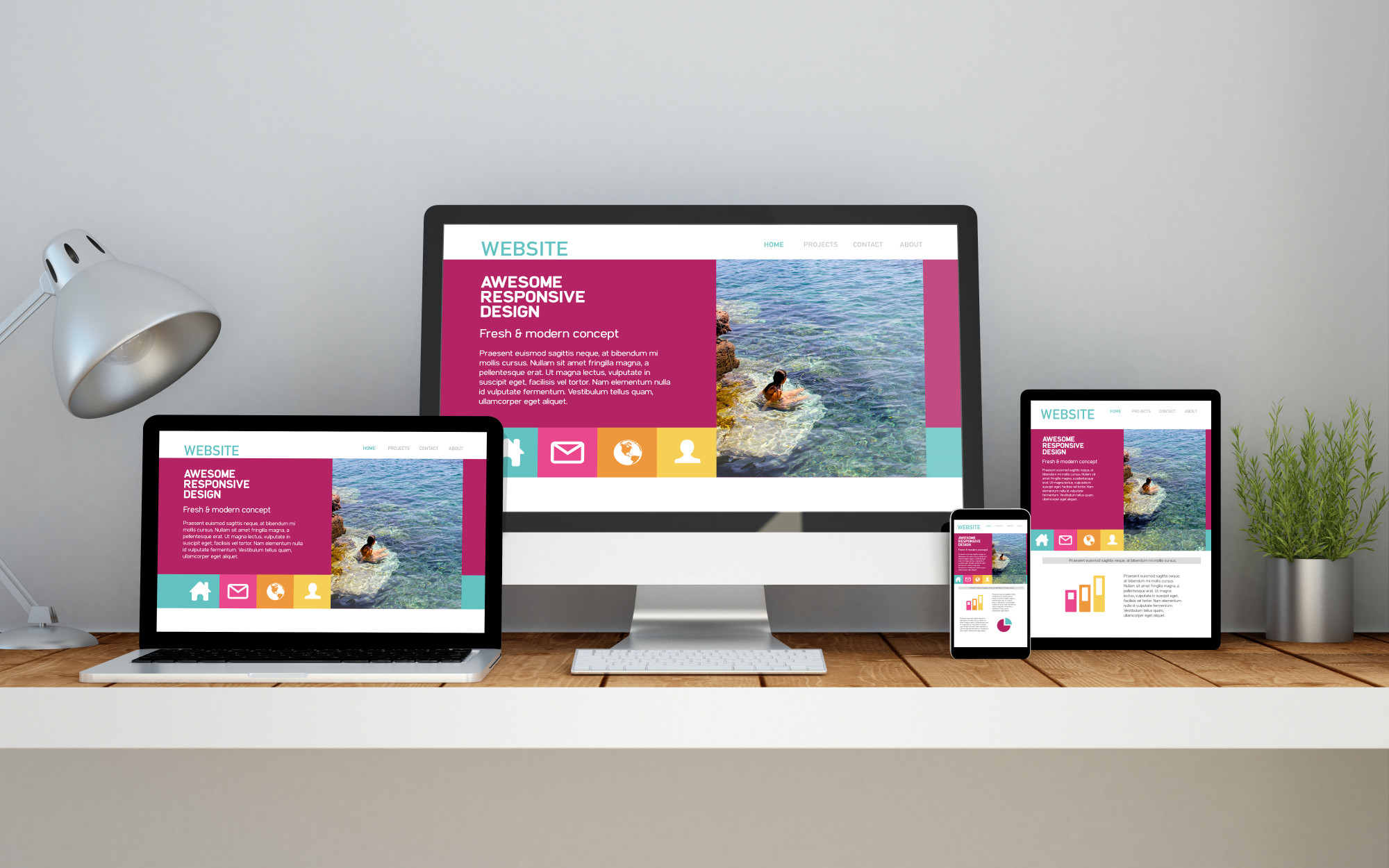Mastering Linux: Your Ultimate Guide
Explore the world of Linux with expert tips and tutorials.
Responsive Web Design That Won't Make You Want to Smash Your Phone
Discover responsive web design tips that keep you calm and your phone intact—no more frustration, just stunning, user-friendly sites!
Understanding the Basics of Responsive Web Design: Tips for a Frustration-Free Experience
Responsive web design (RWD) is essential in today's digital landscape, where users access websites from a variety of devices, including smartphones, tablets, and desktops. At its core, RWD aims to create a seamless user experience, adapting the layout and content to fit different screen sizes. To achieve a frustration-free experience, consider implementing the following tips:
- Fluid Grids: Use relative units like percentages instead of fixed pixels to ensure your layout adjusts proportionately.
- Media Queries: Employ CSS media queries to apply different styles based on the device's characteristics, such as width and resolution.
- Flexible Images: Set image dimensions using max-width to allow images to resize within their containing elements.
Another crucial aspect of responsive web design is optimizing the loading speed of your site. A slow-loading website can lead to increased bounce rates and decreased user engagement. Utilize tools like image compression, browser caching, and minimizing HTTP requests to enhance performance. Additionally, prioritize content hierarchy by ensuring that the most important elements are easily accessible, regardless of the device. By following these principles of responsive web design, you can create a frustration-free experience for your users that fosters higher engagement and satisfaction.

Top 5 Mistakes to Avoid in Responsive Web Design That Drive Users Crazy
Responsive web design is crucial for providing an optimal user experience across various devices, but many designers fall into common pitfalls. One of the top mistakes is ensuring inconsistent layouts across different screen sizes. When the layout shifts drastically, it can confuse visitors and drive them away. Always test your design on different devices to maintain a cohesive look. Additionally, neglecting touchscreen usability can frustrate users accessing your site on mobile devices. Elements need to be appropriately sized and spaced to ensure easy navigation and interactions.
Another significant mistake is failing to optimize image sizes, leading to slow loading times, which can frustrate users. Use responsive images with appropriate resolutions for different devices to enhance load speed. Furthermore, ignoring the importance of text readability on smaller screens can hurt user engagement. Content should be legible, with appropriate font sizes and line spacing, to keep users invested in your site. By avoiding these common mistakes, you can greatly improve the user experience and keep visitors coming back.
How to Test Your Website's Responsiveness: A Step-by-Step Guide
Testing your website's responsiveness is crucial in today's mobile-first environment. A responsive website adapts seamlessly to different screen sizes and devices, ensuring an optimal user experience. Follow these steps to evaluate your site's responsiveness:
- Use Online Tools: Start by utilizing online tools like Google's Mobile-Friendly Test or BrowserStack. These platforms allow you to enter your website's URL and display how your site appears on various devices.
- Resize Your Browser: Another practical method is to simply adjust the size of your browser window. By dragging the corners of the window, you can observe how your website layout changes across different widths, mimicking the response on tablets and smartphones.
Once you've conducted these initial tests, it's essential to check the functionality of interactive elements on your site. Make sure to test buttons, links, and forms and verify that they work effectively on smaller screens. Additionally, consider the loading speed of your site on mobile devices, as performance is critical for user retention. You can use tools like Google PageSpeed Insights to assess your site's speed and identify areas for improvement.
Lastly, remember to gather feedback from real users by asking friends, family, or colleagues to navigate your site on their devices. Their insights can help you uncover any issues you might have missed. Regularly testing and optimizing your website's responsiveness ensures a better user experience and can positively impact your search engine rankings.